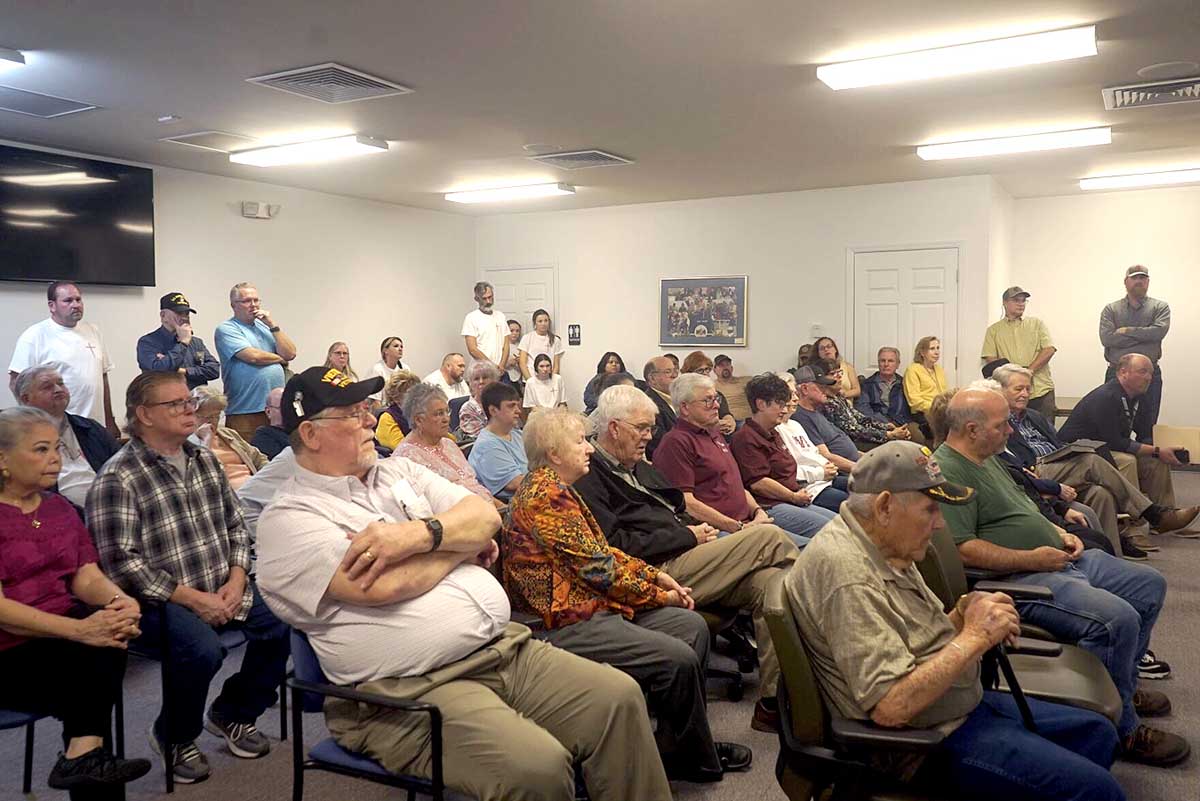Excavating under way at Duck River Dam
Published 9:05 am Friday, September 14, 2012
What was once a row of chicken houses is now red dirt and earth walls in northeast Cullman County, as site work continues on the Duck River Dam. With the land acquisition phase almost complete, even more changes are on the way soon to the Duck River watershed.
Excavation is moving at a rapid clip, and a group of Cullman Utilities Board officials visited the construction site Thursday for the latest news now that the long-stalled project is moving forward.
Birmingham-based contractors Brasfield & Gorrie tool a brief mid-day break, so officials toured the excavation site and journeyed 60 feet down into what will eventually become the Duck River Dam.
The City of Cullman, with the cooperation of Cullman County and other area water systems, is creating a 640-acre lake with a 32-million-gallon-per-day capacity in the Duck River watershed.
At the moment, crews are excavating large portions on the east and west sides of the dam, gathering geotechnical information about the site.
The project is estimated to cost $68 million, and once complete it will be used in conjunction with the area’s current sole water source Lake Catoma.
Steve Newton, with project engineer of record CH2M Hill, described the early phases of excavation as the first true look at the composition of the area — after years of studying soil samples and borings taken a decade ago by the U.S. Army Corps. of Engineers, before the project was stalled in court over potential legal challenges that were defeated in 2009.
“We’ve learned a lot, but we still have a lot more information to gather,” Newton said. “The Corps. did a very thorough job with their borings, which usually gives you a good look. But, this is when we actually unearth the material and see what’s really down there.”
These early excavations also give engineers the information they need to determine the exact design and composition of the dam, and CH2M Hill Chief Dam Designer Rick Riker said the current plan to use roller-compacted-concrete (RCC) still seems to be the best option for Duck River.
“Right now, we’re essentially digging the key we would need for a RCC dam, and mapping the geology to see what kind of challenges we have, and what we need to do to overcome them,” Riker said.
Though construction is still in the early phases, Newton said he is already noting ways to make the project as sustainable as possible —and one potential avenue is to use rock and soil unearthed for the dam in other areas of the project.
“You absolutely want to do as much as you can to make this sustainable,” he said. “We’re definitely working toward that goal.”
* Trent Moore can be reached by e-mail at trentm@cullmantimes.com, or by telephone at 734-2131, ext. 220.





